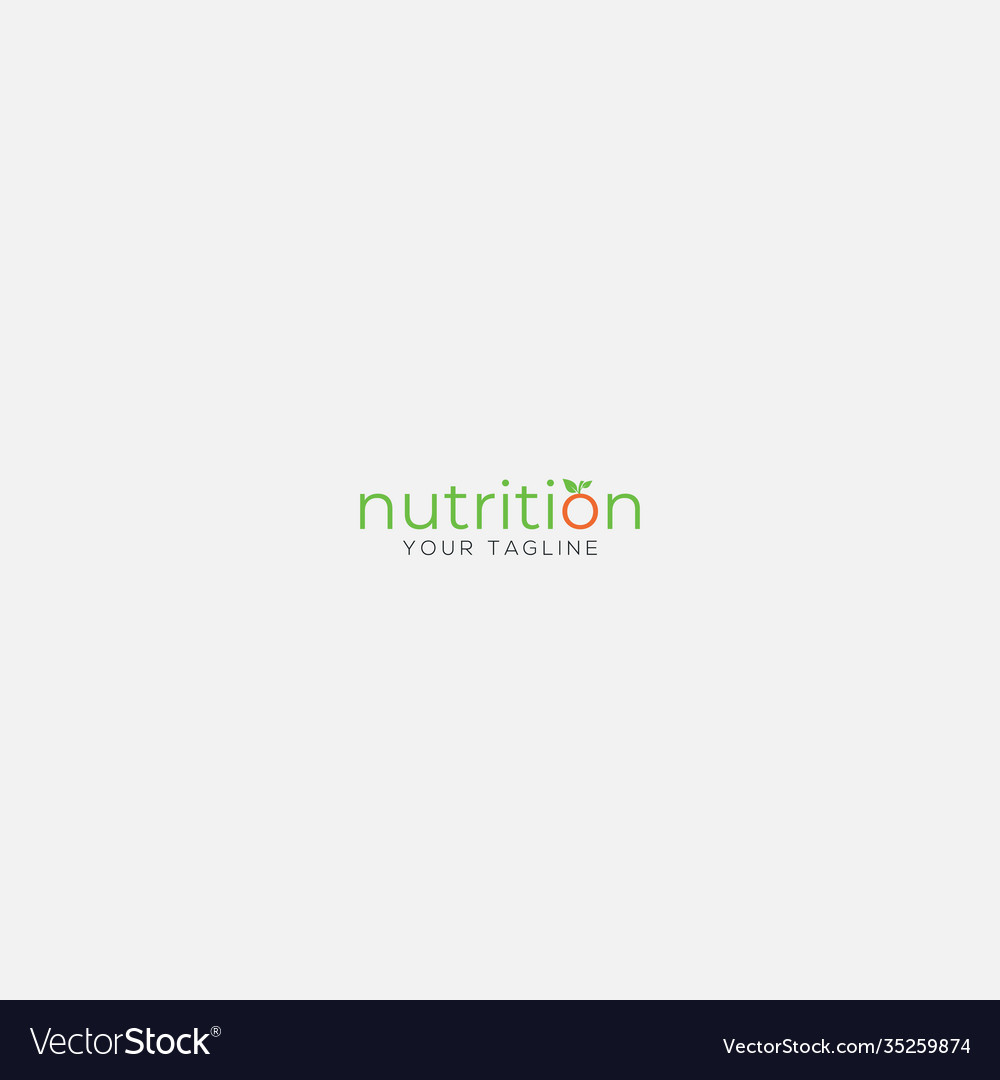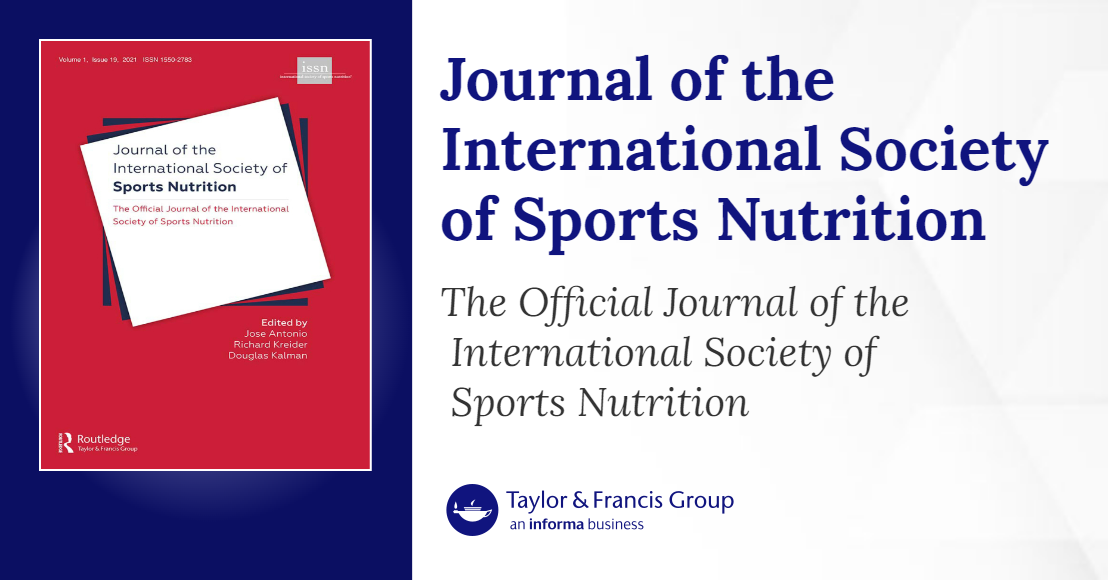Sports nutrition degrees
There are 9 essential amino acids that your body cannot produce on its own. While all plants contain all 20 amino acids, some are relatively lower in certain amino acids and may not be considered complete protein sources on their own for this reason Bitcointalk Review. However, a varied diet can provide everything your body needs. The only way to not consume the complete spectrum of amino acids is by eating a very limited diet comprising just a handful of foods. The benefit of obtaining protein through plants is variety—and a varied diet, rich in whole foods, is the gold standard for human health and longevity. Of course, many plants have balanced amino acid profiles and are considered complete proteins by themselves:
Since you already solved the clue Sports nutrition brand which had the answer POWERBAR, you can simply go back at the main post to check the other daily crossword clues. You can do so by clicking the link here 7 Little Words May 5 2022
On this page you may find the Sports nutrition brand 7 little words answers and solutions. This crossword clue was last seen on May 5 2022 in the 7 Little Words Bonus 1 Daily Puzzle. If you are stuck and want to know the solutions look no further as I have finished solving all the clues for today.
Christine Mielke has been an avid fan of word games and puzzles for over two decades. She loves to unscramble words, challenge herself to crossword puzzles and try out the latest word games. As a published author and database architect, it was natural for her to take her love for all things word games to the next level!

International society for sports nutrition
For those attempting to increase their calories, we suggest consuming small snacks between meals consisting of both a complete protein and a carbohydrate source. This contention is supported by research from Paddon-Jones et al. that used a 28-day bed rest model. These researchers compared three 850-cal mixed macronutrient meals to three 850-cal meals combined with three 180-cal amino acid-carbohydrate snacks between meals. Results demonstrated that subjects, who also consumed the small snacks, experienced a 23% increase in muscle protein fractional synthesis and successful maintenance of strength throughout the bed rest trial. Additionally, using a protein distribution pattern of 20–25 g doses every three hours in response to a single bout of lower body resistance exercise appears to promote the greatest increase in MPS rates and phosphorylation of key intramuscular proteins linked to muscle hypertrophy . Finally, in a series of experiments, Arciero and colleagues employed a protein pacing strategy involving equitable distribution of effective doses of protein (4–6 meals/day of 20–40 g per meal) alone and combined with multicomponent exercise training. Using this approach, their results consistently demonstrate positive changes in body composition and physical performance outcomes in both lean and overweight/obese populations . This simple addition could provide benefits for individuals looking to increase muscle mass and improve body composition in general while also striving to maintain or improve health and performance.
Research has shown that significant differences in skeletal muscle mass and body composition between older men who resistance train and either consume meat-based or lactoovovegetarian diet . Over a 12-week period, whole-body density, fat-free mass, and whole-body muscle mass (as measured by urinary creatinine excretion) increased in the meat-sourced diet group but decreased in the lactoovovegetarian diet group. These results indicate that not only do meat-based diets increase fat-free mass, but also they may specifically increase muscle mass, thus supporting the many benefits of meat-based diets. A diet high in meat protein in older adults may provide an important resource in reducing the risk of sarcopenia.
In another study utilizing highly trained cyclists during a period of increased training intensity, it was observed that 3 g of protein/kg/d offered no improvements in a simulated time trial as compared to 1.5 g of protein/kg body weight/day. Carbohydrate intake was kept constant (6 g/kg/d) in both the moderate and high protein treatments during this three-week intervention. Although the number of investigations is limited, it appears as if increasing protein intakes above recommended intakes does not enhance endurance performance .

For those attempting to increase their calories, we suggest consuming small snacks between meals consisting of both a complete protein and a carbohydrate source. This contention is supported by research from Paddon-Jones et al. that used a 28-day bed rest model. These researchers compared three 850-cal mixed macronutrient meals to three 850-cal meals combined with three 180-cal amino acid-carbohydrate snacks between meals. Results demonstrated that subjects, who also consumed the small snacks, experienced a 23% increase in muscle protein fractional synthesis and successful maintenance of strength throughout the bed rest trial. Additionally, using a protein distribution pattern of 20–25 g doses every three hours in response to a single bout of lower body resistance exercise appears to promote the greatest increase in MPS rates and phosphorylation of key intramuscular proteins linked to muscle hypertrophy . Finally, in a series of experiments, Arciero and colleagues employed a protein pacing strategy involving equitable distribution of effective doses of protein (4–6 meals/day of 20–40 g per meal) alone and combined with multicomponent exercise training. Using this approach, their results consistently demonstrate positive changes in body composition and physical performance outcomes in both lean and overweight/obese populations . This simple addition could provide benefits for individuals looking to increase muscle mass and improve body composition in general while also striving to maintain or improve health and performance.
Research has shown that significant differences in skeletal muscle mass and body composition between older men who resistance train and either consume meat-based or lactoovovegetarian diet . Over a 12-week period, whole-body density, fat-free mass, and whole-body muscle mass (as measured by urinary creatinine excretion) increased in the meat-sourced diet group but decreased in the lactoovovegetarian diet group. These results indicate that not only do meat-based diets increase fat-free mass, but also they may specifically increase muscle mass, thus supporting the many benefits of meat-based diets. A diet high in meat protein in older adults may provide an important resource in reducing the risk of sarcopenia.
Degrees in sports nutrition
Over the past decade, the impact that nutrition has on athletic performance has become increasingly clear. Postgraduate study in Applied Sports Nutrition will not only upgrade your academic and professional skills but allow you to practice skills and competencies needed to work as a sports nutrition practitioner.
As humans, our performance is directly impacted by the quality of our nutrition. Learn to help athletes and others excel through sports nutrition when you study and train at the University of Central Missouri. Our Master of Science in Nutrition program, which includes a Sport Nutrition master’s degree, provides the required education and hands-on experience to become a sports nutritionist or for RDNs to advance your education.
The Master of Science in Exercise and Nutrition Science (M.S.-ENS) prepares students to work in government, business, the sports industry and in education as practitioners on professional interdisciplinary teams. The program is for students seeking a strong foundation for further study and research including those pursuing a terminal degree.
This degree is essential for those looking to become experts in the dietary needs of athletes, where food, hydration, and supplements play critical roles in achieving peak performance. Students learn to assess nutritional needs, create tailored diet plans, and utilize cutting-edge research to support athletes in improving their performance, reducing injuries, and optimizing recovery.
